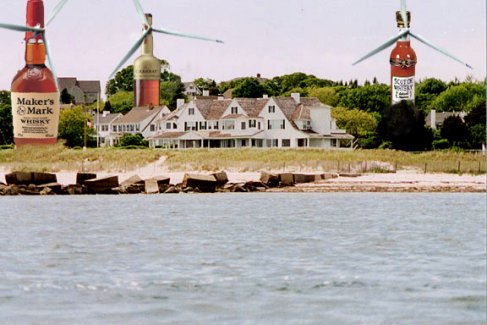From MarketBeat:
A Google search of our site returns 6000 hits, feel free to browse.Shareholders heading to Omaha, Neb. for the Berkshire Hathaway annual meeting this weekend should be spoiled for choice in terms of juicy questions to throw at Warren Buffett, perhaps the world’s most celebrated stock picker.
Here are some of the things to watch for at this year’s meeting. See full coverage Saturday on WSJ.com
Goldman Sachs:
Warren Buffett is expected to comment at length on Goldman Sachs Group Inc., the embattled bank charged with fraud by the Securities and Exchange Commission and the subject of a criminal investigation by the Department of Justice. Several Goldman executives, including CEO Lloyd Blankfein, were grilled before a Congressional panel this week for their actions related to shaky mortgage securities the bank peddled before the credit crisis. Goldman denies the charges, but outraged Congressman seemed unconvinced. Berkshire Vice Chairman Charlie Munger recently told the Wall Street Journal that Goldman was engaged in “socially undesirable” activities. Look to see whether Mr. Buffett agrees with his cantankerous sidekick or offers up a defense of Goldman. See this WSJ story for more.
Derivatives:
At last year’s meeting, Mr. Buffett had to defend several huge derivative contracts that had plunged in value during the credit crisis. The deals, essentially insurance contracts on several stock indexes around the world, helped cause Berkshire’s book-value per share decline in 2008. This year, Mr. Buffett is facing a new headache tied to derivatives: A Congressional proposal that would retroactively force Berkshire and other companies to put up collateral against the contracts....MORE
One of my favorites:
"Living La Vida Cocoa: Warren Buffett, Berkshire Hathaway and the Chocolate Wars (BRK.A; BRK.B; CBY; KFT; HSY)"Or, trying to stir up some trouble, "Oh Berkshire Hathaway Fans: "'Black Swan' Author Nassim Taleb: Warren Buffett May Just Be Lucky" (BRK.B; BRK.A)"
See also:
MarketBeat's "Gartman: ‘Warren Buffett Is an Idiot’" was followed by "Gartman: Warren Buffett Isn't An "Idiot" .. But He Allowed "Inexcusable" Losses (BRK.A)"
And many, many more.




 By selling to open the June 16 puts, the writers are expecting the shares of SPWRA to remain north of the $16 level through June options expiration. In this best-case scenario, the sold puts will expire worthless, allowing the traders to pocket the premium received at initiation, which represents the maximum potential reward on the play....
By selling to open the June 16 puts, the writers are expecting the shares of SPWRA to remain north of the $16 level through June options expiration. In this best-case scenario, the sold puts will expire worthless, allowing the traders to pocket the premium received at initiation, which represents the maximum potential reward on the play....





